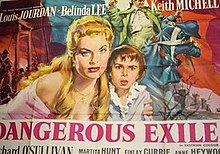
Louis XVII was the younger son of King Louis XVI of France and Queen Marie Antoinette. His older brother, Louis Joseph, Dauphin of France, died in June 1789, a little over a month before the start of the French Revolution. At his brother's death he became the new Dauphin, a title he held until 1791, when the new constitution accorded the heir apparent the title of Prince Royal.

Louis XVIII, known as the Desired, was King of France from 1814 to 1824, except for a brief interruption during the Hundred Days in 1815. He spent 23 years in exile from 1791: during the French Revolution and the First French Empire (1804–1814), and during the Hundred Days.
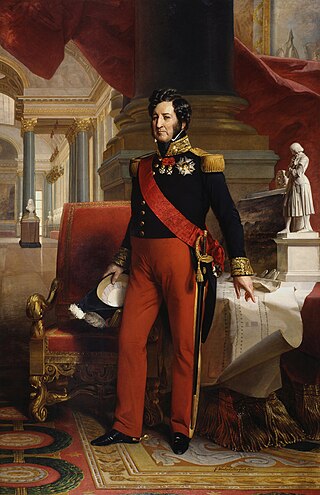
Louis Philippe I, nicknamed the Citizen King, was King of the French from 1830 to 1848, and the penultimate monarch of France. As Louis Philippe, Duke of Chartres, he distinguished himself commanding troops during the Revolutionary Wars and was promoted to lieutenant general by the age of nineteen, but he broke with the Republic over its decision to execute King Louis XVI. He fled to Switzerland in 1793 after being connected with a plot to restore France's monarchy. His father Louis Philippe II, Duke of Orléans, fell under suspicion and was executed during the Reign of Terror.
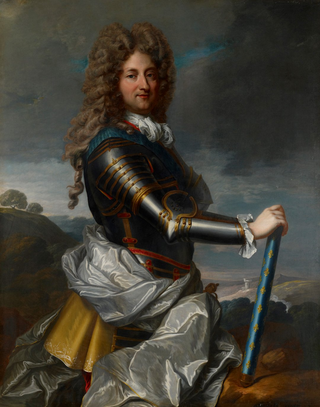
Philippe II, Duke of Orléans, was a French prince, soldier, and statesman who served as Regent of the Kingdom of France from 1715 to 1723. He is referred to in French as le Régent. He was the son of Monsieur Philippe I, Duke of Orleans, and Madame Elisabeth Charlotte, Duchess of Orléans. Born at his father's palace at Saint-Cloud, he was known from birth by the title of Duke of Chartres.
The Most Serene House of Bourbon-Condé, named after Condé-en-Brie, was a French princely house and a cadet branch of the House of Bourbon. The name of the house was derived from the title of Prince of Condé that was originally assumed around 1557 by the French Protestant leader Louis de Bourbon (1530–1569), uncle of King Henry IV of France, and borne by his male-line descendants.
Duke of Orléans was a French royal title usually granted by the King of France to one of his close relatives, or otherwise inherited through the male line. First created in 1344 by King Philip VI for his younger son Philip, the title was recreated by King Charles VI for his younger brother Louis, who passed the title on to his son and then to his grandson, the latter becoming King Louis XII. The title was created and recreated six times in total, until 1661, when Louis XIV bestowed it upon his younger brother Philippe, who passed it on to his male descendants, who became known as the "Orléans branch" of the Bourbons.
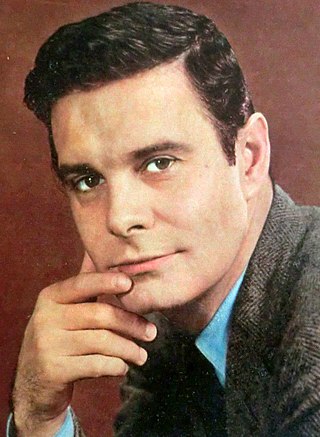
Louis Jourdan was a French film and television actor. He was known for his suave roles in several Hollywood films, including Alfred Hitchcock's The Paradine Case (1947), Letter from an Unknown Woman (1948), Gigi (1958), The Best of Everything (1959), The V.I.P.s (1963) and Octopussy (1983). He played Dracula in the 1977 BBC television production Count Dracula.
Duke of Berry or Duchess of Berry was a title in the Peerage of France. The Duchy of Berry, centred on Bourges, was originally created as an appanage for junior members of the French royal family and was frequently granted to female royals. The style Duke of Berry was later granted by several Bourbon monarchs to their grandsons. The last official Duke of Berry was Charles Ferdinand of Artois, son of Charles X. The title Duke of Berry is currently being claimed through its usage as a courtesy title by Prince Alphonse de Bourbon, son of Prince Louis, Duke of Anjou, the Legitimist claimant to the French Throne.
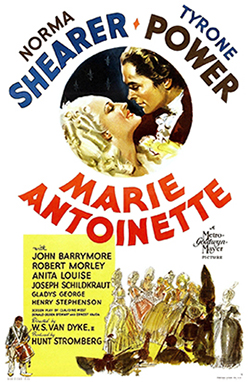
Marie Antoinette is a 1938 American historical drama film produced by Metro-Goldwyn-Mayer. It was directed by W. S. Van Dyke and starred Norma Shearer as Marie Antoinette. Based upon the 1932 biography of the ill-fated Queen of France by the Austrian writer Stefan Zweig, it had its Los Angeles premiere at the legendary Carthay Circle Theatre, where the landscaping was specially decorated for the event.

The 4th House of Orléans, sometimes called the House of Bourbon-Orléans to distinguish it, is the fourth holder of a surname previously used by several branches of the Royal House of France, all descended in the legitimate male line from the dynasty's founder, Hugh Capet. The house was founded by Philippe I, Duke of Orléans, younger son of Louis XIII and younger brother of Louis XIV, the "Sun King".

Belinda Lee was an English actress.

Louis is the French form of the Old Frankish given name Chlodowig and one of two English forms, the other being Lewis.

Marie Joséphine of Savoy was a princess of France and countess of Provence by marriage to the future King Louis XVIII of France. She was regarded by Bourbon royalist Legitimists as the titular 'queen of France' when her husband assumed the title of king in 1795 upon the death of his nephew, the titular King Louis XVII of France, until her death. She was never practically queen, as she died before her husband actually became king in 1814.
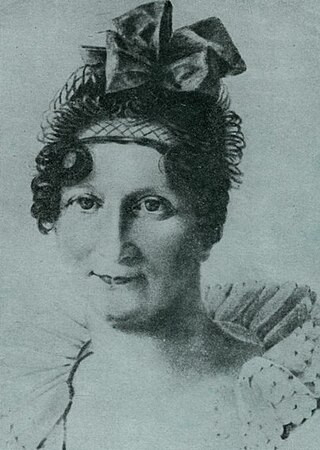
Agathe de Rambaud was the official nurse of the royal children, and particularly was in charge of the Dauphin from 1785 to 1792. She was born in Versailles as Agathe-Rosalie Mottet and was baptized in the future cathedral Saint-Louis of Versailles, on 10 December 1764. She died in Aramon, in the département of Gard, on 19 October 1853.

Françoise Marie de Bourbon was the youngest illegitimate daughter of King Louis XIV of France and his maîtresse-en-titre, Françoise-Athénaïs de Rochechouart, Marquise de Montespan. At the age of 14, she married her first cousin Philippe d'Orléans, the future regent of France during the minority of Louis XV. Through two of her eight children, she became the ancestress of several of Europe's Roman Catholic monarchs of the 19th and 20th centuries—notably those of Belgium, Italy, Portugal, Spain, and France.

Monsieur Beaucaire is a 1946 American historical comedy film directed by George Marshall and starring Bob Hope, Joan Caulfield and Patric Knowles. Hope portrays the title character, the barber of King Louis XV of France. It is loosely based on the novel of the same name by Booth Tarkington. It is a remake of the 1924 Rudolph Valentino silent film of the same name Monsieur Beaucaire.
Philippe de France may refer to:

The Beautiful Adventure is a 1942 French romantic comedy film directed by Marc Allégret and starring Claude Dauphin, Micheline Presle and Louis Jourdan. It is based on 1913 play of the same name by Gaston Arman de Caillavet, Robert de Flers and Étienne Rey. It was shot at the Victorine Studios in Nice. The film's sets were designed by the art director Paul Bertrand.
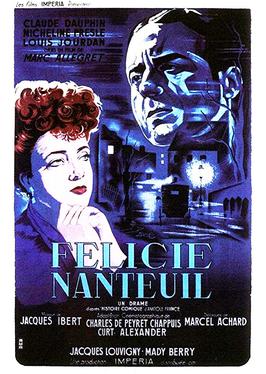
Twilight is a 1944 French drama film directed by Marc Allégret and starring Claude Dauphin, Micheline Presle and Louis Jourdan.
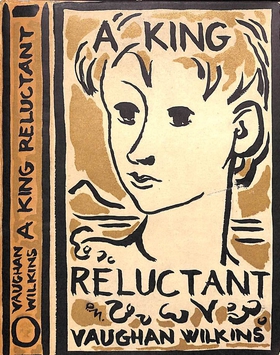
A King Reluctant is a 1952 historical adventure novel by the British writer Vaughan Wilkins. The plot revolves around the idea that the young Louis XVII, successor to his executed father, survived the French Revolution and turns up at Tenby on the Welsh coast.
